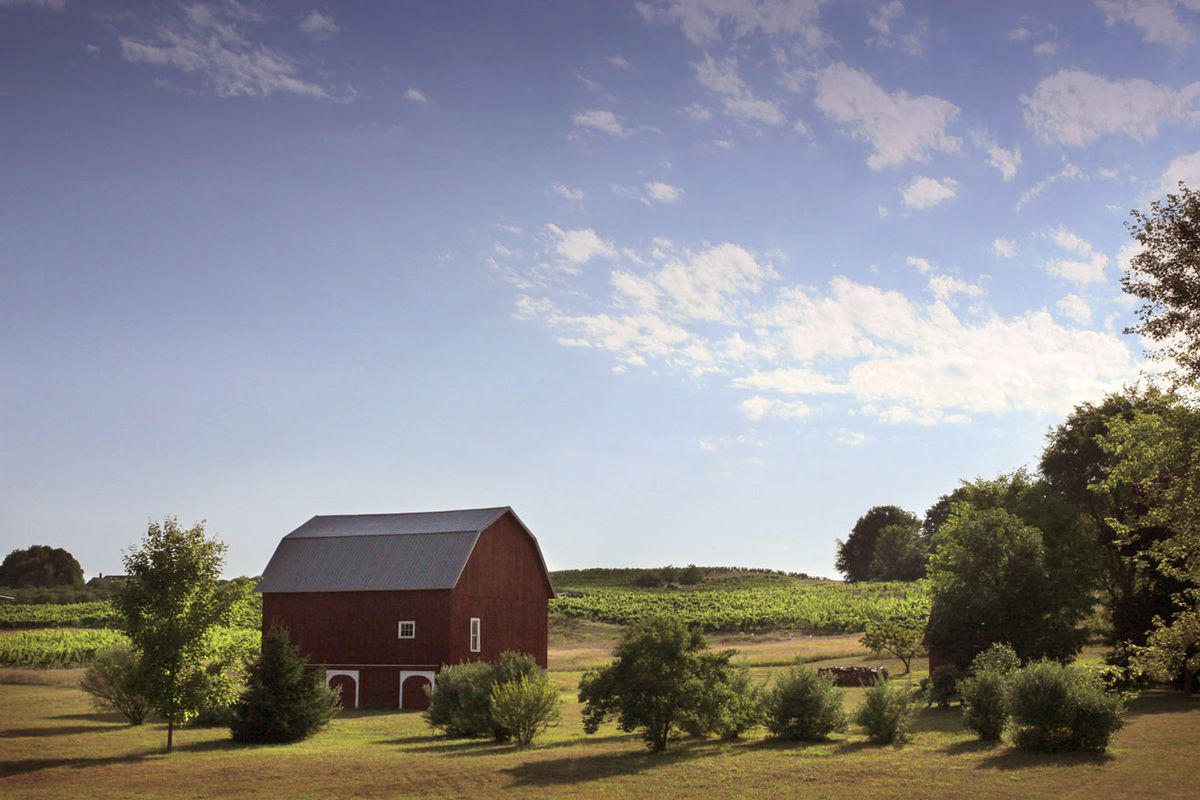
The latest national study on young American farmers revealed that the average number of young people entering agriculture is on the decline, while the average age for entering the sector is on the increase. The US Department of Agriculture defines beginning farmers as persons who farm less than ten years, but it doesn't include age parameters, while the American Farm Bureau Federation and Farm Credit define young farmers as 35 or under, FarmandDairy compared.
The US national study on young farmers confirmed huge generational differences in agriculture. Nevertheless, the younger generation leads in sustainably oriented food production. No less than 75% of young farmers describe their farms as sustainable, while 63% describe their farms as organic. According to Food Tank, the latest data shows that young educated American women are taking the reins in agriculture.
The new generation of young American farmers is focused on values, as they wish to provide their families and customers with high quality food. They are committed to land stewardship. Many use sustainable farming and conservation practices on their farms. According to the USDA census, beginning farmers are more likely to seek organic certification.
Young American farmers seek new technologies to improve farm efficiency, productivity and profitability. They are open to innovation and eager to adopt precision agriculture, tracking systems, GPS and drone technology to benefit their operations.
Beginning farmers are more likely to sell products direct-to-consumers at farmers markets, community supported agriculture (CSA), and roadside stands. They want to make meaningful connections with customers. They also gravitate towards collaboration rather than competition. Cooperatives, partnerships, land agreements, equipment and labour sharing, and teamwork make them stronger together.
Young farmers face land-access challenges. The U.S. national average price of farmland was $1,636 per hectare in 2017; pastureland $540 per hectare. As a result, they operate smaller farms with less acreage and lower production levels.
They have difficulty navigating financing, conservation, crop insurance and other support programs. Complicated applications and lengthy processing times are burdensome, not only for applicants but also for landowners and lenders. As a result, beginning farmers receive less in support payments than established farmers.
Beginning farmers' have lower than average agricultural sales. while they have higher expense-to-sales ratios. Lagging sales may be the result of lower production levels, limited resources or reduced access to more profitable market channels. Paying off student loans complicate things even further.






















































